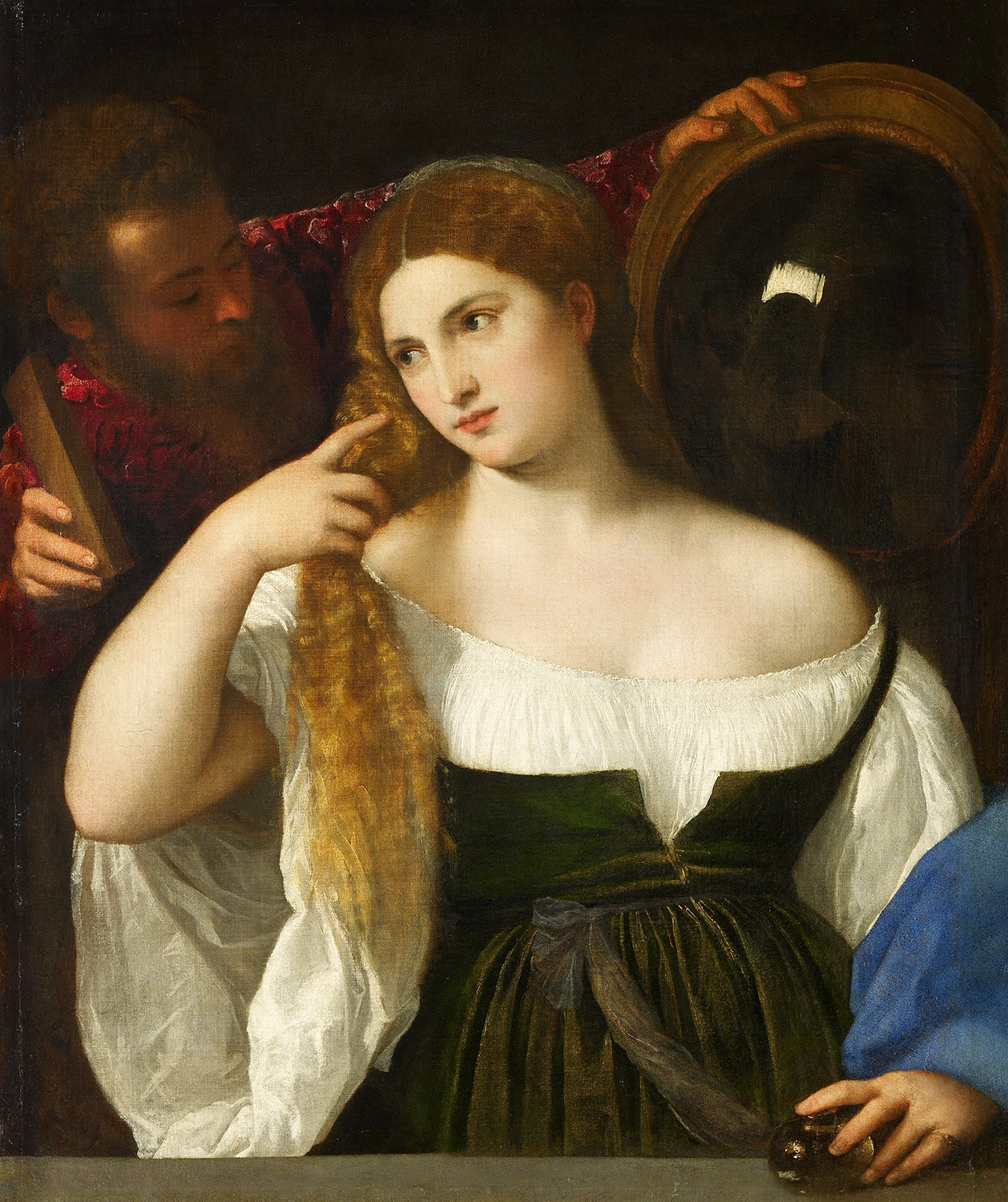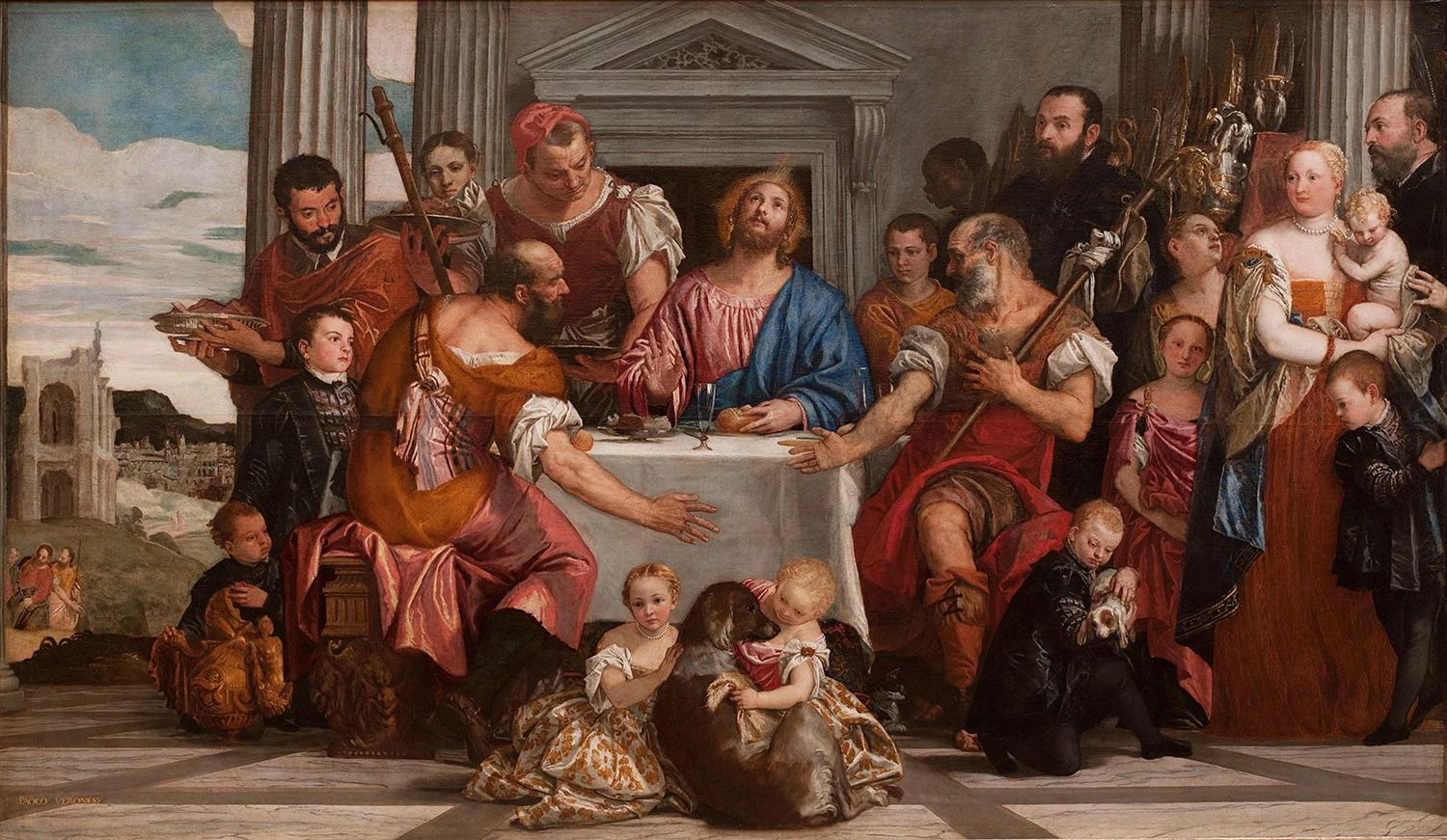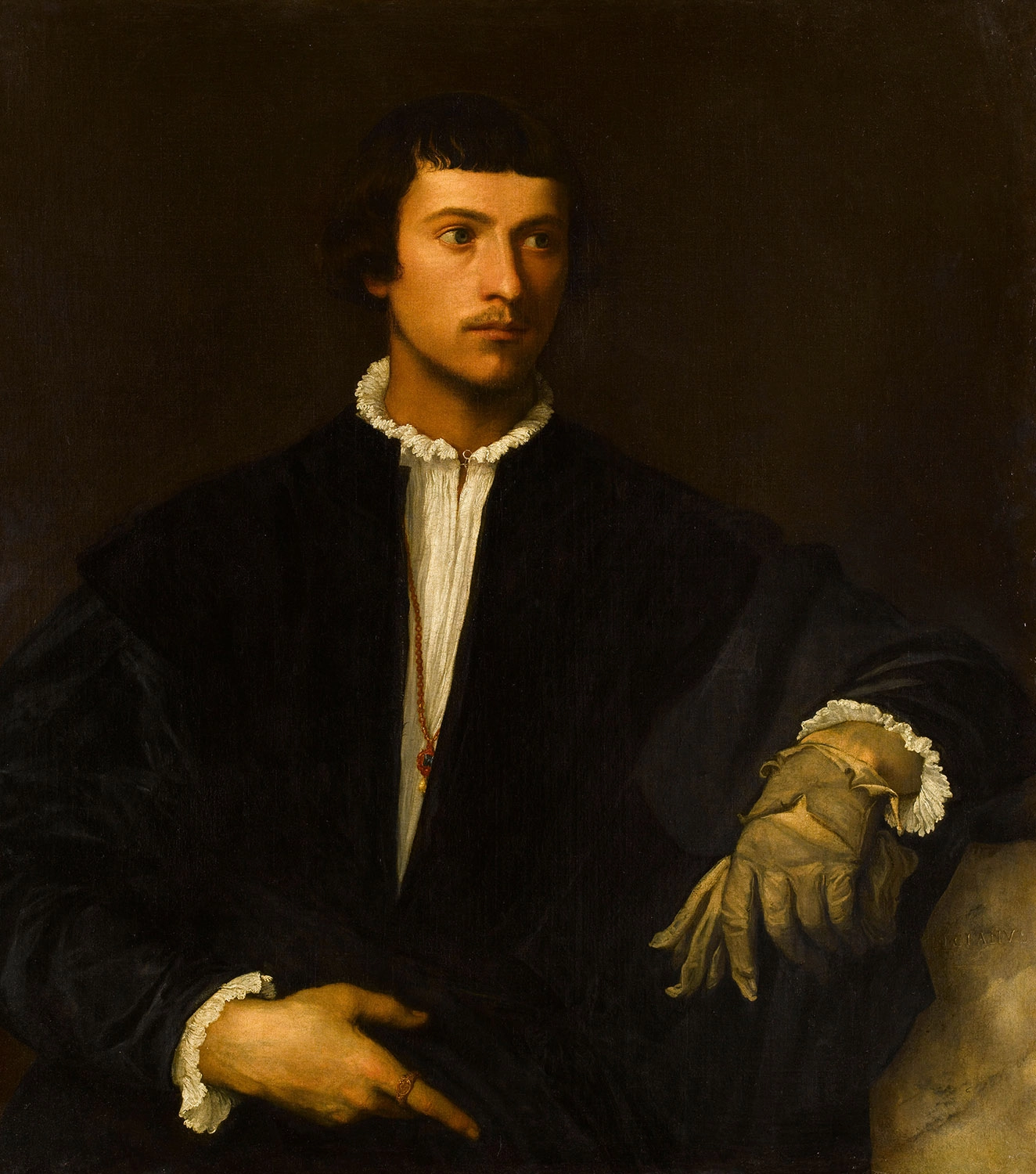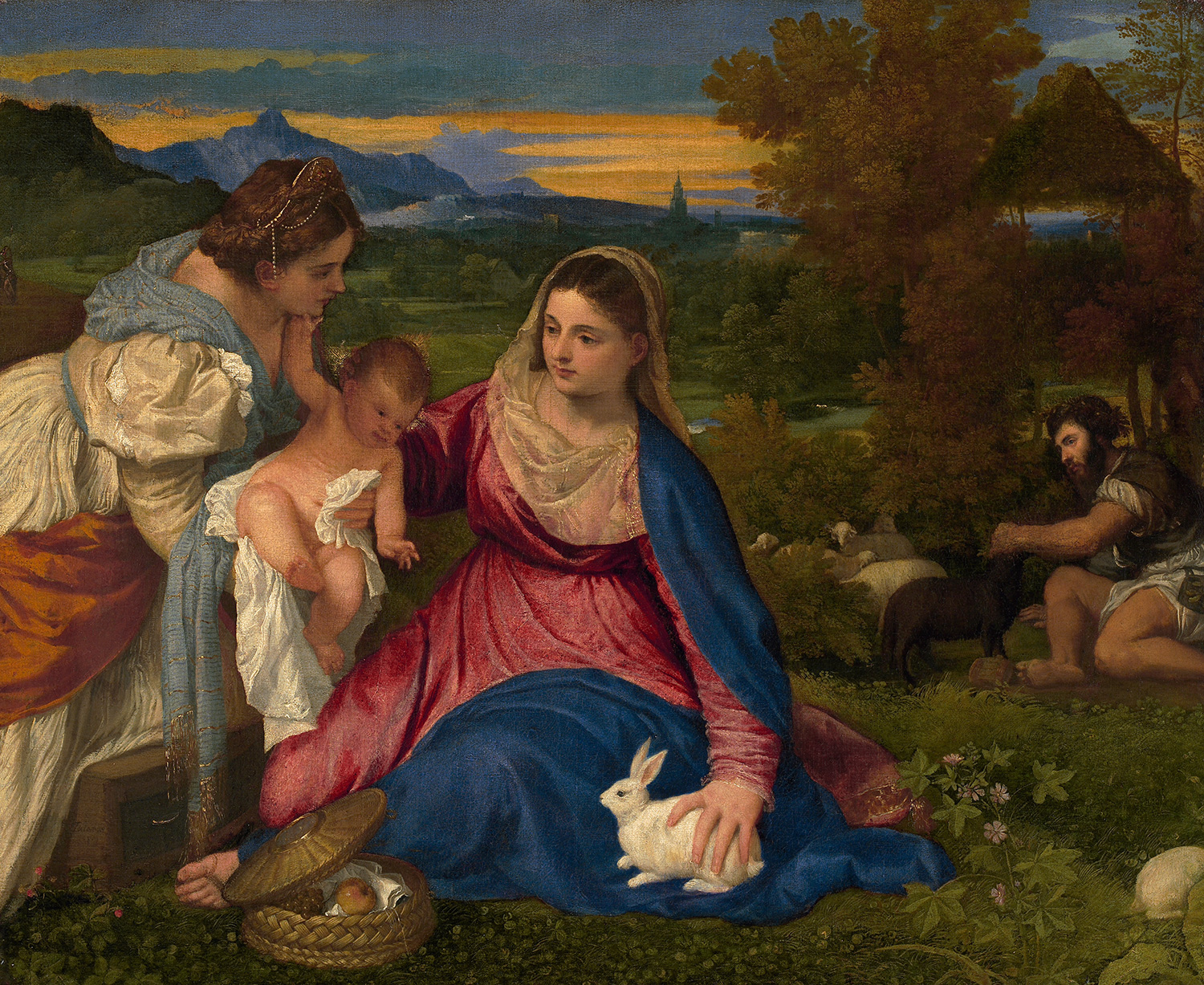From the 'Mona Lisa' to 'The Wedding Feast at Cana'The Salle des États
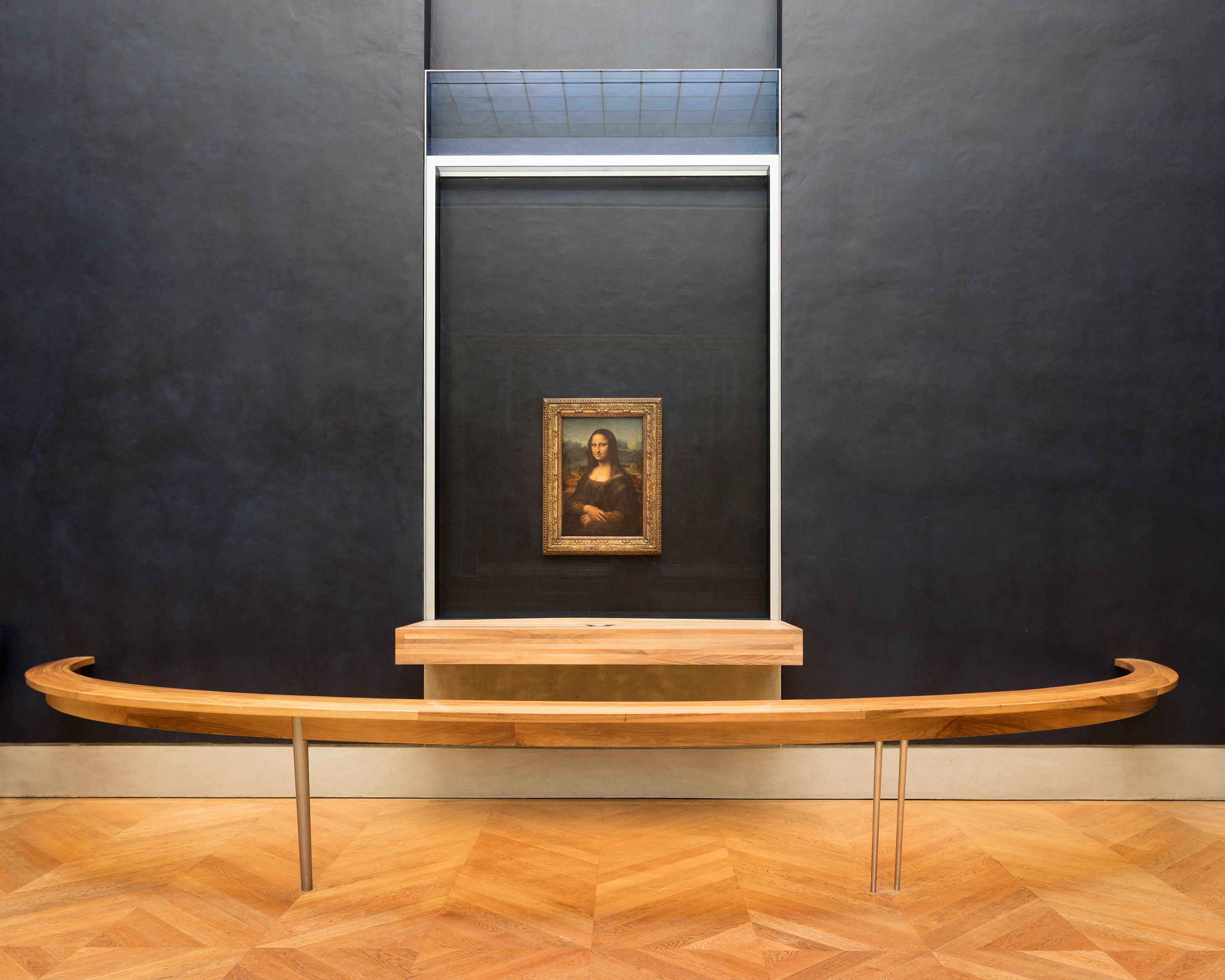
The world’s most famous painting, the Mona Lisa, needs a space big enough to welcome its many admirers. It is therefore housed in the Louvre’s largest room, the Salle des États, which is also home to other remarkable Venetian paintings such as The Wedding Feast at Cana by Veronese.
A home for an icon
A superstar deserves an appropriate setting! That is why, in 1966, the Louvre chose to show Leonardo’s masterpiece in the Salle des États, the largest room in the palace.
Mona Lisa’s famously enigmatic smile has fascinated viewers for centuries. Among her first admirers was King François I, who invited Leonardo da Vinci to France and bought the painting from him in 1518. This is how the world’s most famous painting entered the royal collections that have been shown at the Louvre since the French Revolution.
Since 2005, the Mona Lisa has been exhibited in a protective glass case, in solitary splendour in the centre of the room. This special treatment stems partly from the need to ensure the safety of such a famous work, but is also due to conservation requirements: the work was not painted on canvas, but on a panel of poplar wood which has warped over the years, causing a crack to appear. To prevent further damage, the Mona Lisa has to be kept in a temperature and humidity-controlled glass case.
Did you know?
Mona Lisa
This is the most famous portrait in the world. It shows Lisa Gherardini, wife of the Florentine silk merchant Francesco del Giocondo – hence her Italian name La Gioconda and her French name La Joconde. Painted against a distant landscape, she stares out at us with her famously enigmatic smile...but another aspect of the painting that makes it so special is Leonardo da Vinci’s sfumato technique, based on the use of glazes to create a ‘smoky’ effect with subtle contours and contrasts. Leonardo captured the sitter turning towards the viewer in a natural movement that brings the painting to life.
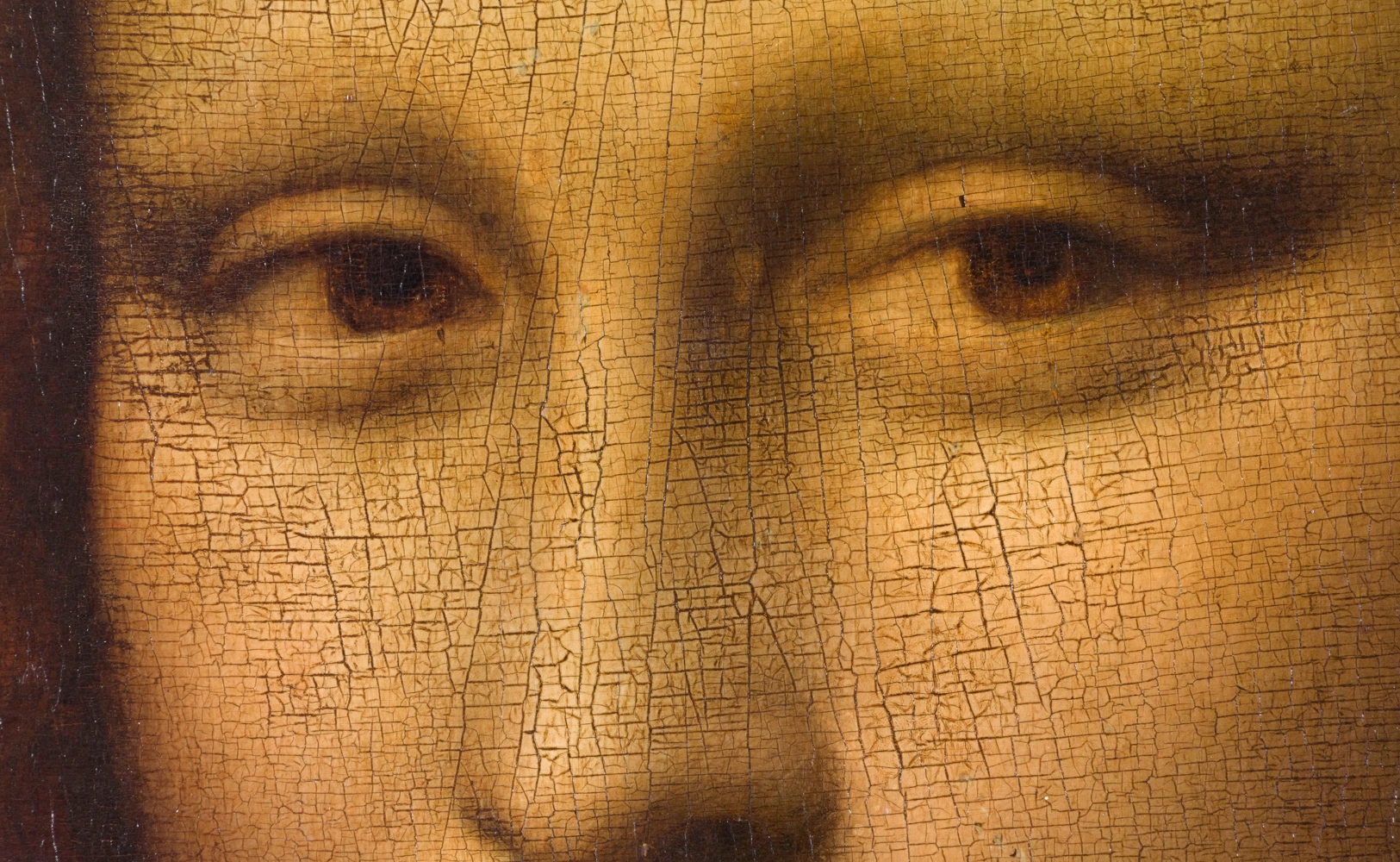
The theft of the century
On 21 August 1911, panic broke out at the Louvre…the Mona Lisa had disappeared! The news spread like wildfire and generous rewards were promised for her return – but all in vain. Nothing was heard of the painting for over two years. Then one day, Vincenzo Peruggia, a glazier who had worked at the Louvre, tried to sell the world’s most famous painting to an Italian art dealer...who alerted the authorities. So the Mona Lisa was recovered – and her fame was all the greater.
A new blue
In 2019, the Salle des États underwent the latest in a series of embellishments when its walls were repainted a deep midnight blue, heightening the contrast with the rich palette of reds, yellow, oranges and greens in the Venetian masterpieces on display in this room.
A historic room
The Salle des États, designed by the architect Hector Lefuel, was built between 1855 and 1857. During the Second Empire, it accommodated major legislative sessions presided over by Napoleon III, who insisted on a lavish painted decoration to the glory of the Empire. After his fall from power in 1870, the room became part of the museum and was used to display 19th-century French painting. At the beginning of the Third Republic, the architect Edmond Guillaume adapted the room to suit its new purpose: the windows were sealed off to make more room for the artworks and a glass ceiling was added, introducing light from above to avoid reflections on the paintings. After World War II, the works by French artists were replaced by Venetian paintings.
Venetian painting
Titian, Tintoretto, Veronese…The greatest Venetian painters shared a love of dazzling colours. Veronese’s monumental Wedding Feast at Cana fills the display space opposite the Mona Lisa, and all around are other famous paintings! They include Titian’s Pastoral Concert and Man with a Glove, Tintoretto’s vigorous sketch for The Coronation of the Virgin, also known as Paradise (part of a vast decorative scheme for the Sala del Maggiore Consiglio in the Doge’s Palace in Venice), magnificent portraits such as Veronese’s Portrait of a Venetian Woman, known as La Bella Nani, and many more…a burst of light and colour reflecting the extraordinary skill of Venetian Renaissance artists.
Venetian painting masterpieces
Don’t forget to look around the Mona Lisa at the artworks by other Venetian masters!
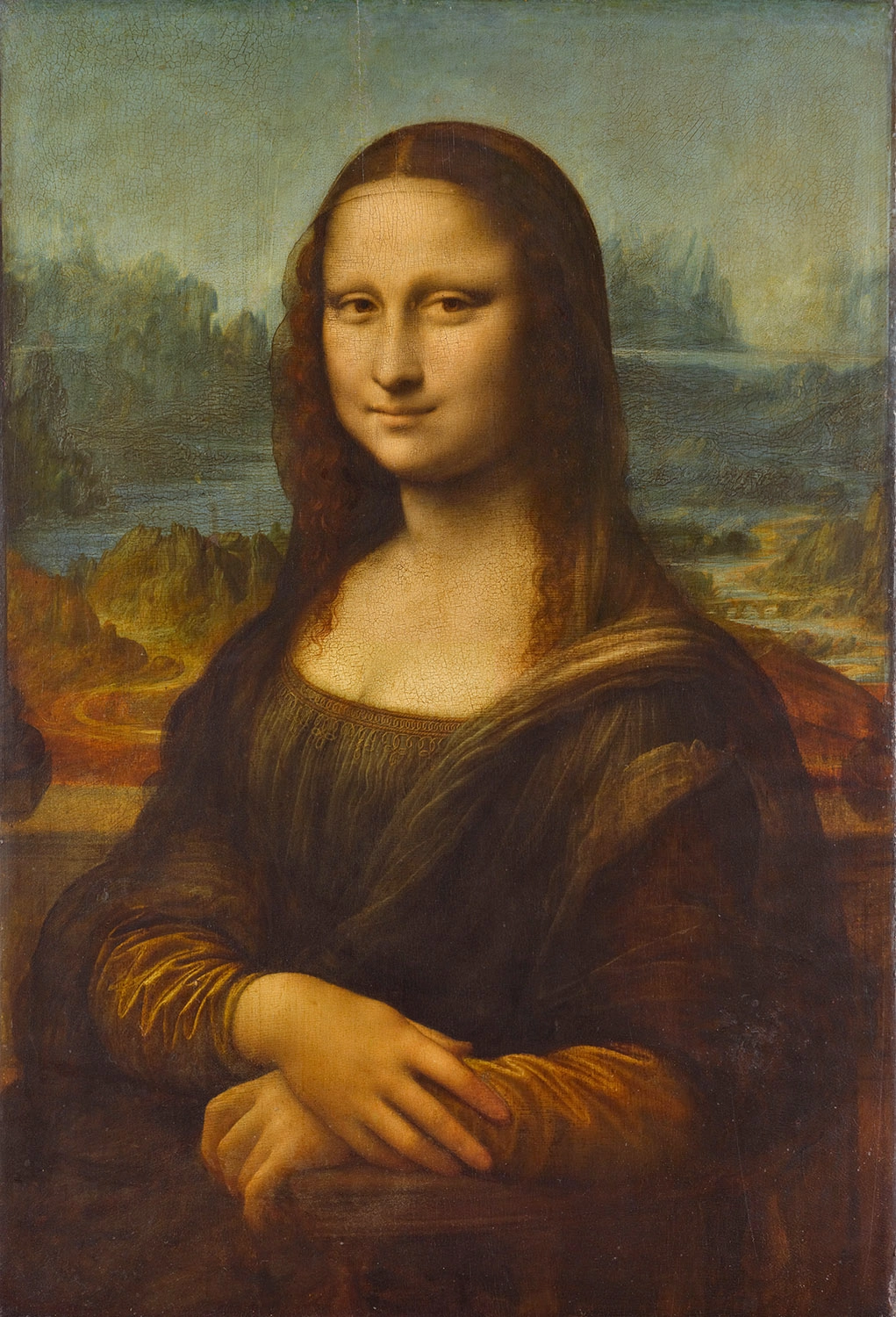
Leonardo da Vinci, Portrait of Lisa Gherardini, Wife of Francesco del Giocondo, known as the Mona Lisa
1 sur 11
Did you know?
The biggest painting in the Louvre
At over 6 metres high and almost 10 metres wide, The Wedding Feast at Cana is the biggest painting in the Louvre. It depicts an extraordinary banquet with a crowd of some 130 different characters in a blaze of light and colour. Veronese painted the scene for the refectory of the monastery on the island of San Giorgio Maggiore in Venice. In 1798, Napoleon’s troops confiscated the painting and had it shipped to Paris. When the Empire fell in 1815, most of the confiscated paintings were returned to Italy, but it was feared that the return journey would damage this large work, which was therefore kept in exchange for a painting by Charles Le Brun, The Feast in the House of Simon. Nonetheless, Veronese’s huge masterpiece had to be moved twice in later years, when Paris was at war, in 1870 and 1939.
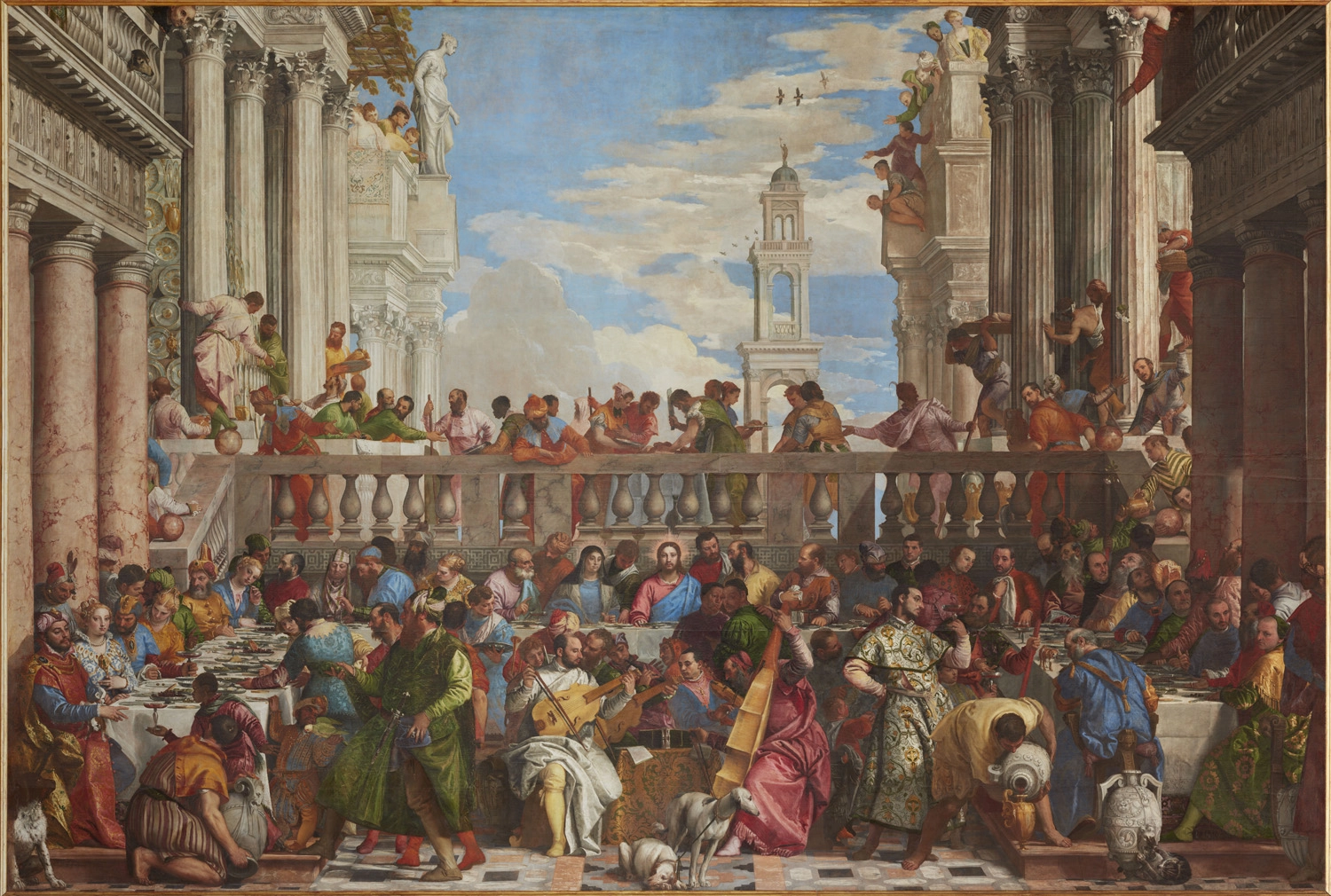
More to explore

Italian painting in perspective
The Grande Galerie
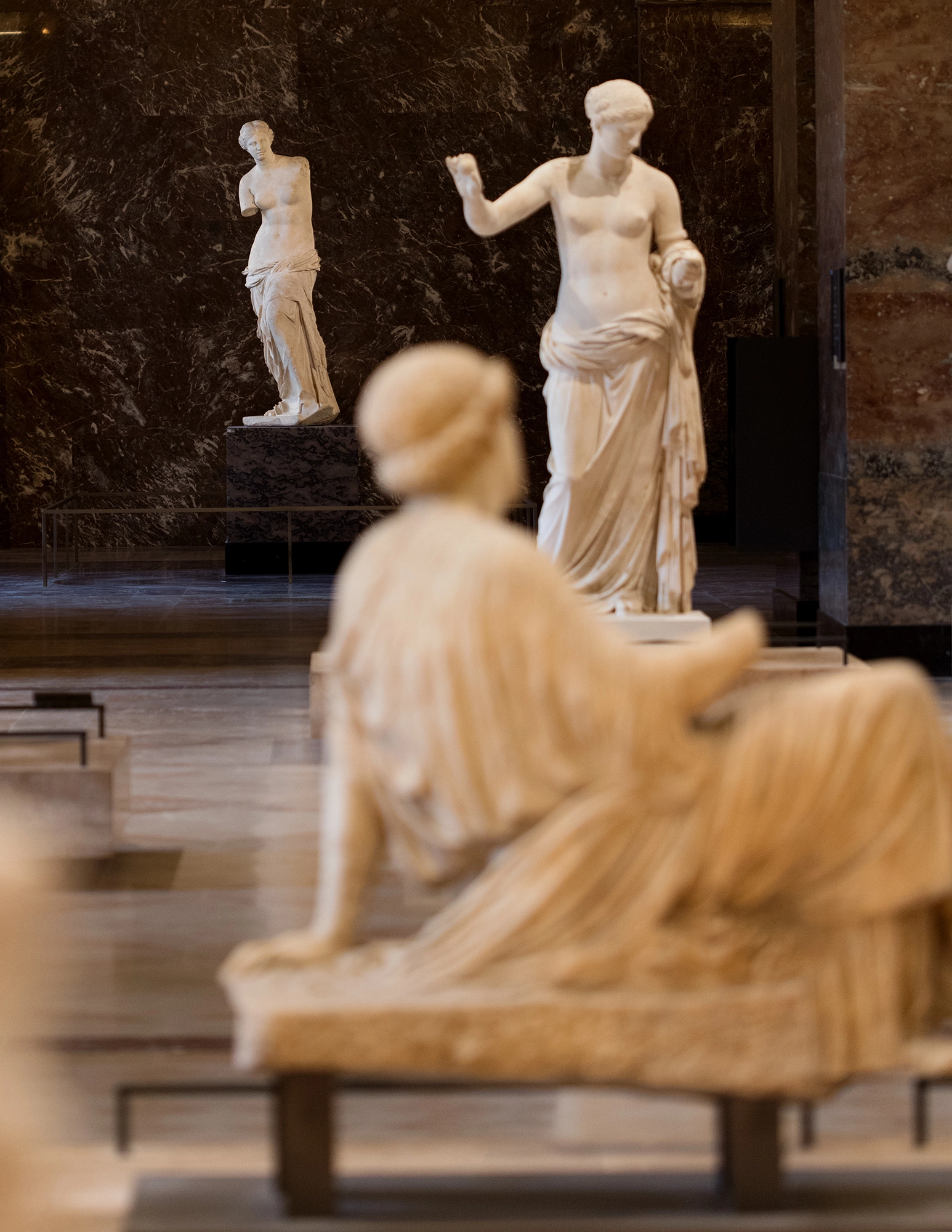
Ideal Greek Beauty
Venus de Milo and the Galerie des Antiques




